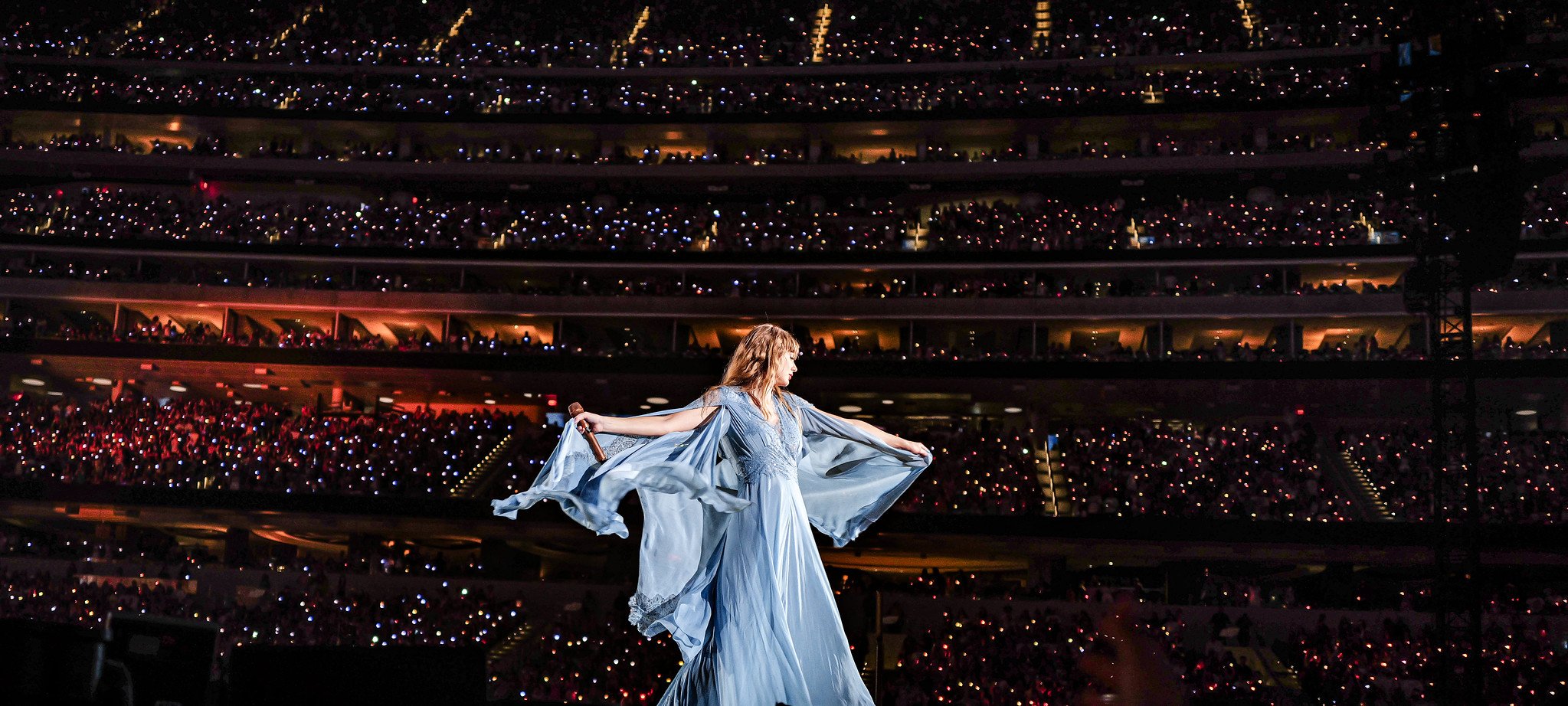6 January 2024
[Correction: There was error in the vote count in the original ADS press release for the Informal Word of the Year category. Let (someone) cook won that category. The error has been corrected.)
Yesterday, the American Dialect Society voted on its Word of the Year (WOTY) for 2023. It selected enshittification, a word coined by writer Cory Doctorow meaning the deliberate process by which online platforms become worse. The PDF of the ADS press release, listing all the categories, nominees, and vote totals, is here. The ADS uses a loose definition of word in its selection; any lexical item, as well as emojis and other signs, qualify. There are many WOTY processes conducted by many different organizations, including my own, but the ADS selection is the original, having been conducted for thirty-four years.
The ADS consists of (mostly) professional linguists and lexicographers, but the selection of WOTY is not an academically rigorous process. Unlike other organizations that have some sort of objective criteria (e.g., Merriam-Webster bases its choice on the frequency searches in its online dictionary, which for 2023 was authentic), the ADS process is informal. The evening before the vote, a small, self-selected group meets and comes up with nominations in the various categories. The categories are mostly consistent from year to year, but special categories can be created if there are a cluster of words on a particular topic. The next night several hundred conference attendees vote on the nominees, and nominations can be made from the floor. The process is raucous and fun, but the results can be skewed in all sorts of ways and should not be taken as serious and deliberative pronouncements. I’ve participated in the nomination and voting in past years and had planned to this year, but a bout with Covid kept me away. (I’m doing fine, thank you.)
What follows are my observations on the nominees and choices. Like the WOTY voting itself, my opinions are not serious linguistic conclusions. Pretty much all the WOTY contests, no matter who conducts them, are simply entertainment for the lexically inclined among us.
As for enshittification, I think it’s a great choice. Not only is it a new coinage (not an ADS requirement, which only asks its WOTY be “newly prominent”) but it sums up the mood of 2023 generally and the demise of Twitter specifically. As for the other WOTY nominees (listed in order of number of votes):
context: used in reference to the presidents of major universities testifying before Congress. This is a terrible selection that reflects two of the biases often found in WOTY selections: 1) a tendency to favor whatever is in the news in late December, and 2) words found mainly in academic circles.
(derogatory): “parenthetical comment humorously appended after a word that might not be expected to be derogatory.” I haven’t seen this one in the wild, but then I’ve been reducing my social media consumption since Twitter imploded. Useful and funny.
stochastic parrot: term for a generative AI, something that can generate text without understanding it. An apt description.
ceasefire: in reference to the war in Gaza. Oddly, it is both too generic and too narrowly focused to be a good WOTY choice.
girlie: “lighthearted and affectionate term of address for a young woman (also used in a broader more gender-inclusive way.” As a man of a certain age, I would never use this this one.
let (someone) cook: “allow a person to do something that they are good at without interference.” This is a useful one. I like it.
Kenaissance: If you have to choose one Barbie term for the year, this one ain’t it. I have no idea what it means; the ADS supplied definition doesn’t help. The obvious Barbie-oriented choice, Barbenheimer, didn’t even make the ADS cut. Shame.
babygirl: “older male fictional character or celebrity seen as emotionally damaged, helpless, or vulnerable.” Yes, it’s sexist, but its utility as an insult appeals.
On to the categories. (derogatory) took the Most Useful/Most Likely to Succeed honors, an apt choice. The runners up:
enshittification: a good choice, but its use of shit limits its application among more staid publishing outlets. Besides, sweeps of multiple categories are unseemly. It’s good to give other words a chance.
girl/boy X: “way of doing something associated with gender, as in girl dinner, girl math, boy math.” I can see this one being used for a long time.
cunty: “having an audaciously exceptional appearance or displaying fierce femininity.” Never heard of it, but the reason is because the ADS notes it is “from LGBTQ ballroom culture.” Those aren’t circles I move in, so I have no opinion.
era: “a personal period defined by a noteworthy style or behavior (esp. in my X era).” This is what I like about the ADS WOTY process. Neat terms like this that would ordinarily fly under the radar get noticed. Not a contender, but it’s good that it’s recognized.
mother: “(adj.) admirable (as a term of endearment); (v.) to perform something admirably (from LGBTQ ballroom culture).” See cunty.
The Political Word of the Year is the watermelon emoji 🍉, “symbol of Palestinian solidarity used on social media.” A superb choice. The runners up:
hot labor/union summer: “summer of 2023, when a number of unions went on strike.” Not a bad choice, but not nearly as good as 🍉. Surprisingly, this one got a few more votes than the emoji on the first ballot, but lost in the run off.
context: see above.
I/P: shorthand for the Israeli/Palestinian conflict. This boring choice garnered one vote.
I’m getting too old for Digital Word of the Year. Evidently, I’m not on the hip social media platforms. Enshittification garnered top honors, as is right and good. But I’ve never heard of the others:
chat: “collective term of address for those participating in a streamer’s chat.” Okay, but a bit pedestrian.
skibidi: nonsense word popularized by the YouTube animated series Skibidi Toilet.” I do know what YouTube is; the rest is beyond me.
millennial pause: “pause by a millennial at the beginning of a recorded video, as opposed to the Gen Z shake (shaky video at the start of a recording).”
gamers: “second-person plural term of address, as on a gaming livestream.” See chat.
ice cream so good: “response by TikTok streamer Pinkydoll to receiving an ice cream emoji.” See skibidi.
Let (someone) cook took the Informal Word of the Year. Followed by (derogatory) and babygirl. The others:
rizz: “charm or attractiveness, now used as a combining form or blend component (rizzler, pre-rizz-toric).” This was one of ADS’s 2022 nominees, and Oxford University Press picked this one as its WOTY. I’ve never heard of it otherwise. But pre-rizz-toric is clever.
gyat, gyatt: “exclamation expressing surprise, excitement, or admiration (esp. on seeing someone with a large butt).” Worth recording for posterity, I guess.
FAFO or fuck around and find out was the Acronym/Initialism of the Year. A solid choice. The runners up:
AITA: am I the asshole, “question asked to an online audience (as on Reddit) to determine if a person is at fault in a situation.” Not sure why this one was newly prominent in 2023. It’s been around for ages.
LFG: let’s fucking go. Useful, but pedestrian.
IYKYK: if you know, you know. Ditto.
MOOP: matter out of place, “waste material left behind at an event (esp. Burning Man).” Okay as a marker for what happened at Burning Man in 2023, otherwise pretty disposable.
AI-Related Word of the Year was an ad hoc category created this year, and stochastic parrot took top honors. The others:
ChatGPT: “name for OpenAI’s chatbot, now becoming generic for generative AI systems.” Unremarkable except for the genericization.
prompt engineer: “expert in devising text prompts for generative AI models.” A neat term and a potentially lucrative employment category in coming years.
hallucination: “AI-generated response containing false information presented as factual.” Dictionary.com chose the verb form as its WOTY. I’m surprised this one didn’t get more love from those voting. It’s clever and useful, albeit not quite as fun as stochastic parrot.
LLM: large language model. Yawn.
Kenaissance took the honors for Most Creative. I still have no clue what it means. The runners up:
delulu: “delusion, as in delulu is the solulu (delusion is the solution).” To which I can only reply, “WTF?”
assholocene: “the current era of human history, defined by the ubiquity of assholes.” This one should have won. Both clever and apt for 2023.
tush push: “quarterback sneak for short yardage perfected by the Philadelphia Eagles.” I’m sorry, but a simple rhyme is not deserving of “most creative,” especially when brotherly shove was just sitting there.
Finally, we get to Euphemism of the Year, which is structurally restrictive housing, a euphemism for solitary confinement used by the New York City Department of Corrections. A brilliant choice. The others:
artificial intelligence: ”computerized simulation of human intelligence that is not actually intelligent.” Given that the definition of intelligence is very slippery, I don’t think this one even qualifies as a euphemism.
effective altruism: “movement ostensibly to benefit humanity, used as an excuse for spending other people’s money.” This one is a euphemism, for sure, but I couldn’t object more strenuously to the definition the ADS gives it. The problem with effective altruism isn’t the spending of other people’s money; the problem with it is that it’s a philosophical system that embraces genocide as a solution to humanity’s woes.
stenographer: “journalist seen as uncritically reporting statements made by officials and others in power.” I’m looking at you, New York Times.
free bird: “alternative to ‘empty-nester’ promoted by Gwyneth Paltrow.” I’m ambivalent on this one. One the one hand, making fun of Paltrow is entertaining. On the other, it’s too easy.
So that’s it. Comment via the link below, and keep your eyes and ears peeled for 2024 choices.
Image credit: PantheraLeo1359531, 2023. Wikimedia Commons. Used under a Creative Commons Attribution 4.0 International license.



















